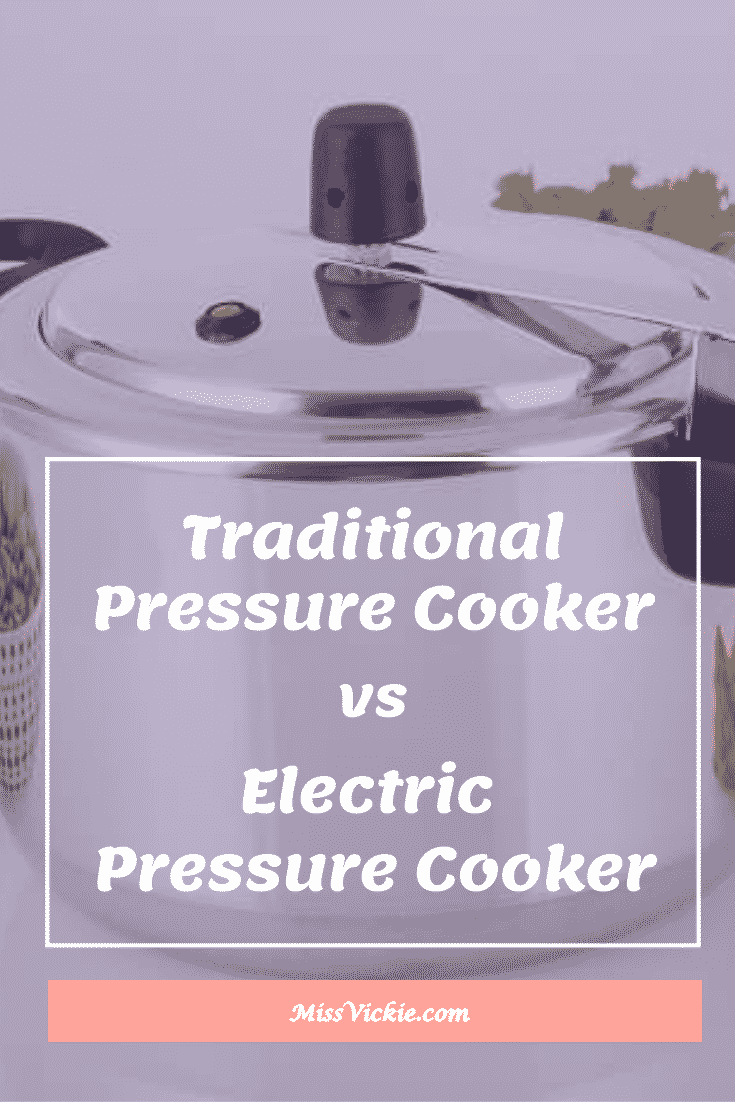
If you have been using pressure cookers for a while now, you must know that the discovery of the pressure cooker completely transformed how individuals approach food preparation. These incredible kitchen appliances have the ability to prepare food in a short period of time without destroying the nutritional value of food. But pressure cookers have a long and intriguing history that has seen the devices become more popular over time.
Traditional Pressure Cooker vs Electric Pressure Cooker
There are many pressure cooker types out there from the traditional early first-generation cookers right through to the electric pressure cookers available in the market today. If you are a tad confused as to the differences between traditional pressure cookers and electric modern ones, here is everything that you need to know:
What exactly is an electric pressure cooker?
As the name suggests, electric pressure cookers utilize electricity to create high or low pressure within the pressure cooker pot. Electric pressure cookers are highly preferred by modern users because they come with a lot more settings, features and capabilities compared to traditional stovetop ones. However, owing to these qualities, electric pressure cookers tend to cost more compared to traditional ones thanks to their effectiveness.
What are traditional pressure cookers?
A traditional pressure cooker utilizes direct heat, unlike an electric one, to trap steam inside the cooking pot so that a high-pressure environment can be created. Traditional stovetop cookers tend to work a lot more slowly compared to electric ones, but they are still just as effective when it comes to quick food preparation.
Stovetop pressure cookers are not typically as customizable as electric ones as they only have a few knobs and buttons that are utilized for maintaining and controlling the pot’s internal pressure. With electric cookers, one simply has to select the right setting and the pressure cooker will handle all the rest.
The differences between a traditional and electric pressure cooker
The level of supervision
Although both traditional and electric pressure cookers essentially work in the same manner, there are some major differences between them that are worth noting. Electric pressure cookers, for instance, hardly require any supervision when being used. Electric pressure cookers are designed with their own built-in heating component, which means that they do not have to removed from the direct heat source when in use. Since traditional pressure cookers have to be placed on a stovetop, the user has to keep a close eye on the pressure to prevent food from overcooking or scorching.
The pressure settings
Traditional pressure cookers typically come equipped with 2 pressure settings, a high-pressure setting that ranges from 12 to 15psi (standard pressure) and a low-temperature setting that ranges from 6 to 10psi. To select the right pressure setting for the recipe, one uses a dial that has been marked with different pressure levels. Some traditional cookers also have a bar that rises as the cooker builds up pressure to indicate its current pressure level.
Electric pressure cookers, alternatively, have different pressure settings based on the design of the manufacturer. Most electric cookers have various settings for different food groups, which gives the user a lot more freedom and flexibility.